LIFE: The Classic Collection

LIFE: The Classic Collection

The photographic legacy of LIFE magazine is renowned. What might be surprising is how much of that legacy involves the world of sports. LIFE Books is just now publishing a deluxe, oversized celebration of the 100 greatest pictures ever to appear in the magazine's pages. This book, The Classic Collection, includes not only 25 photographic prints that can be removed and framed, but also many shots taken inside the sporting arena by LIFE's storied photographers. Here's an exclusive peek.
Muhammad Ali
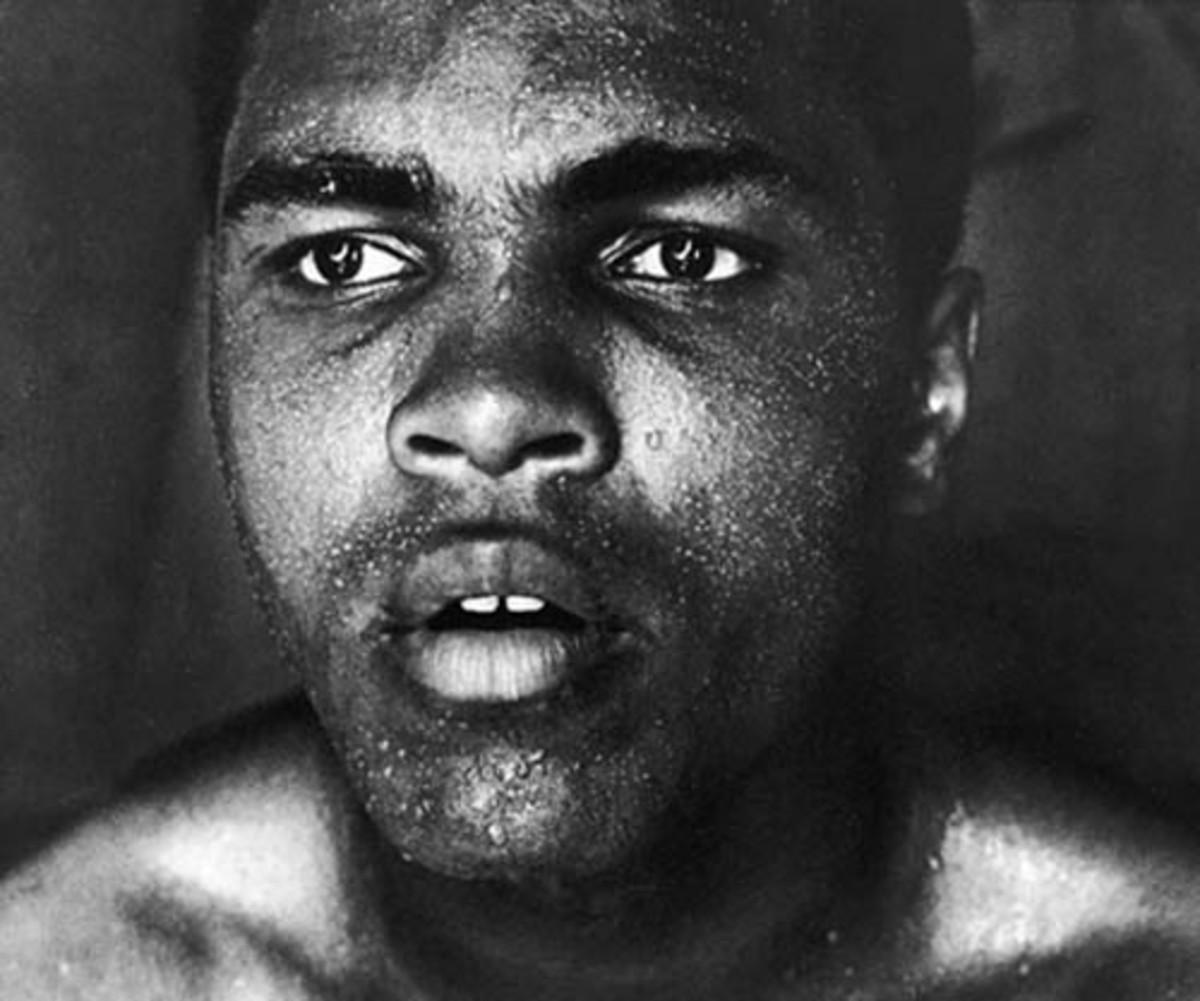
His intensity was on full display in this photo taken in September 1966 as he prepared to defend his title against Germany's Karl Mildenberger. Ali would win on a technical knockout in the 12th round.
Little Leaguers, Manchester, New Hampshire
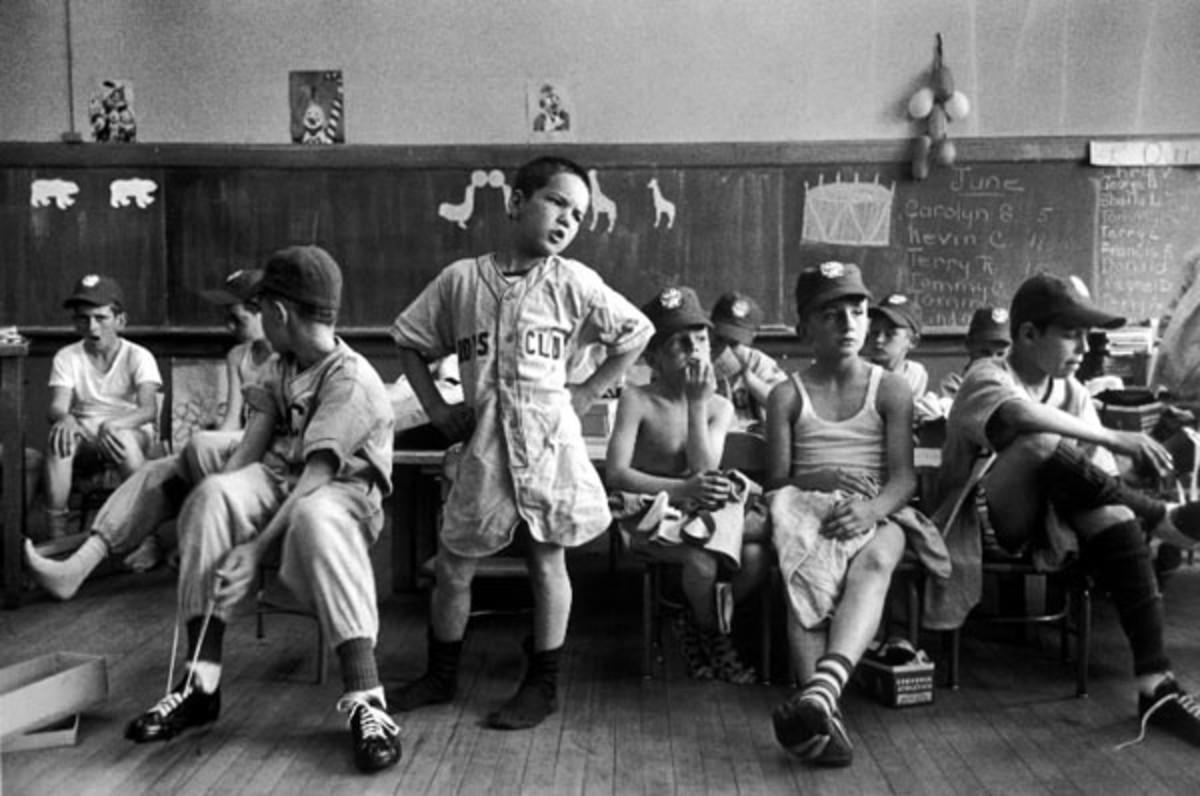
Little Leaguers in Manchester, N.H., dressing in a schoolroom before their first game of the season, waited impatiently for the delivery of all pairs of pants and other sundry uniform items; their formidable leader, Dick Williams, demanded to know what was up as LIFE's Yale Joel snapped away.
Jackie Robinson
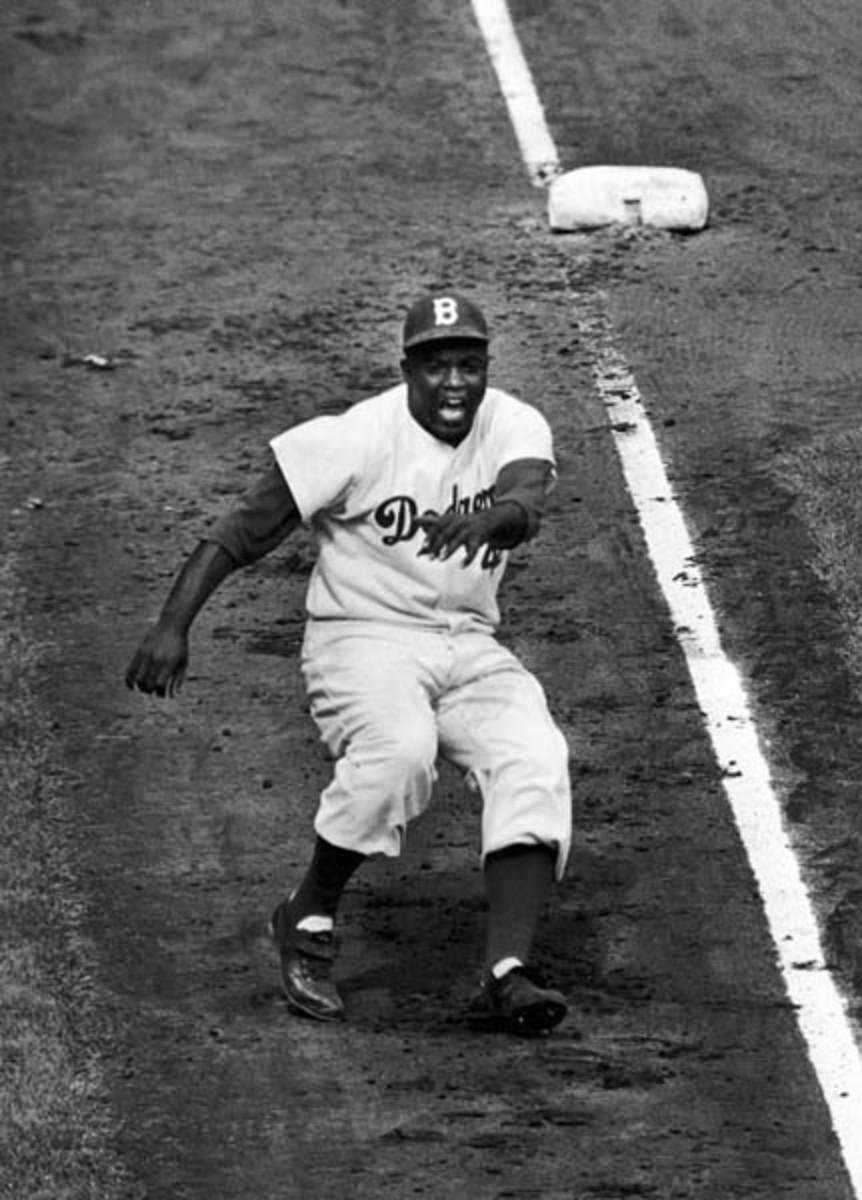
Classic sports photos are different: In many instances, they don't fill out until later, the perfect image telling the multilayered story of the whole. Ralph Morse had already made searing images for LIFE during World War II when, in 1955, he stuck with Jackie Robinson during the Brooklyn Dodgers' World Series showdown against their awe-inducing crosstown rivals, the Yankees. Robinson was, of course, the first black player in the major leagues, and he was terrific. Off the field, he played demure. On the field, he shouted the future. Morse caught Robinson rounding third base, and the Dodgers went on to beat the Yanks. A perfect picture suddenly meant more.
NFL Championship Game
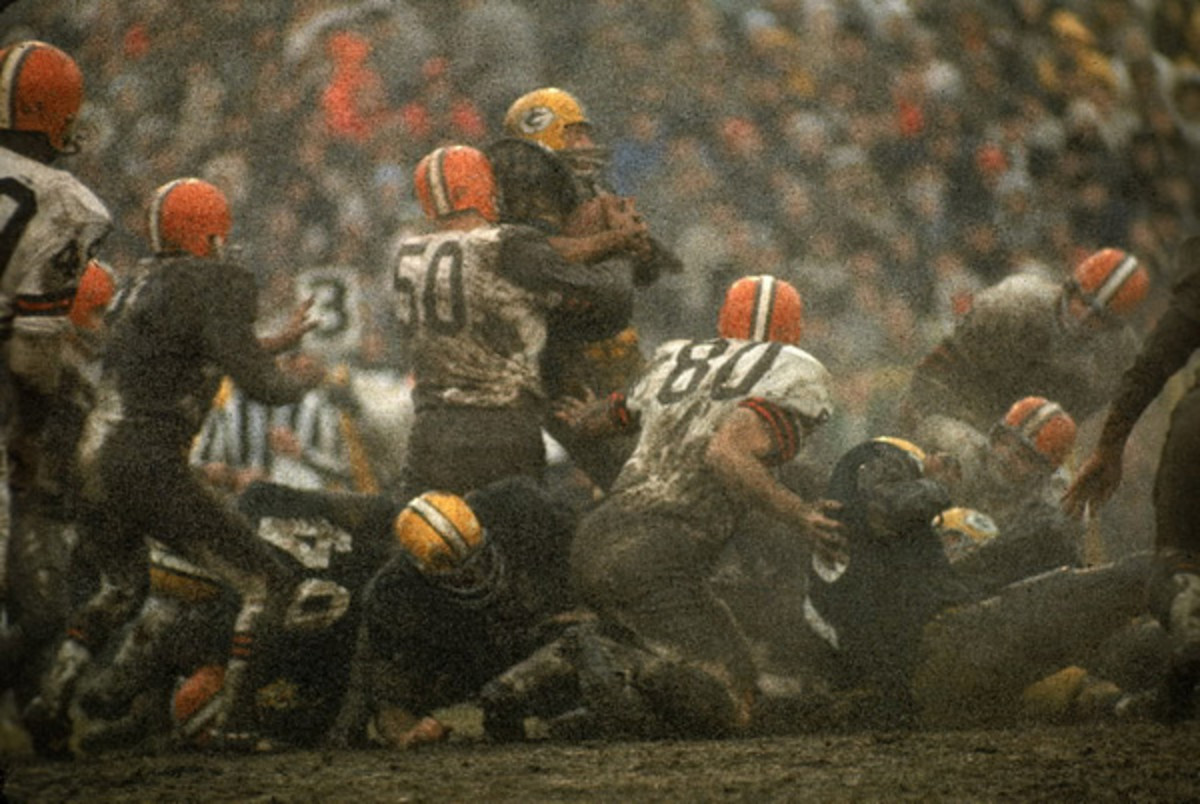
Vince Costello of the Cleveland Browns has Jim Taylor of the Green Bay Packers in a bear hug during play on muddy Lambeau Field. The Pack, under legendary coach Vince Lombardi, would eventually emerge victorious, 23--12, gaining its ninth NFL title.
High Above Forbes Field
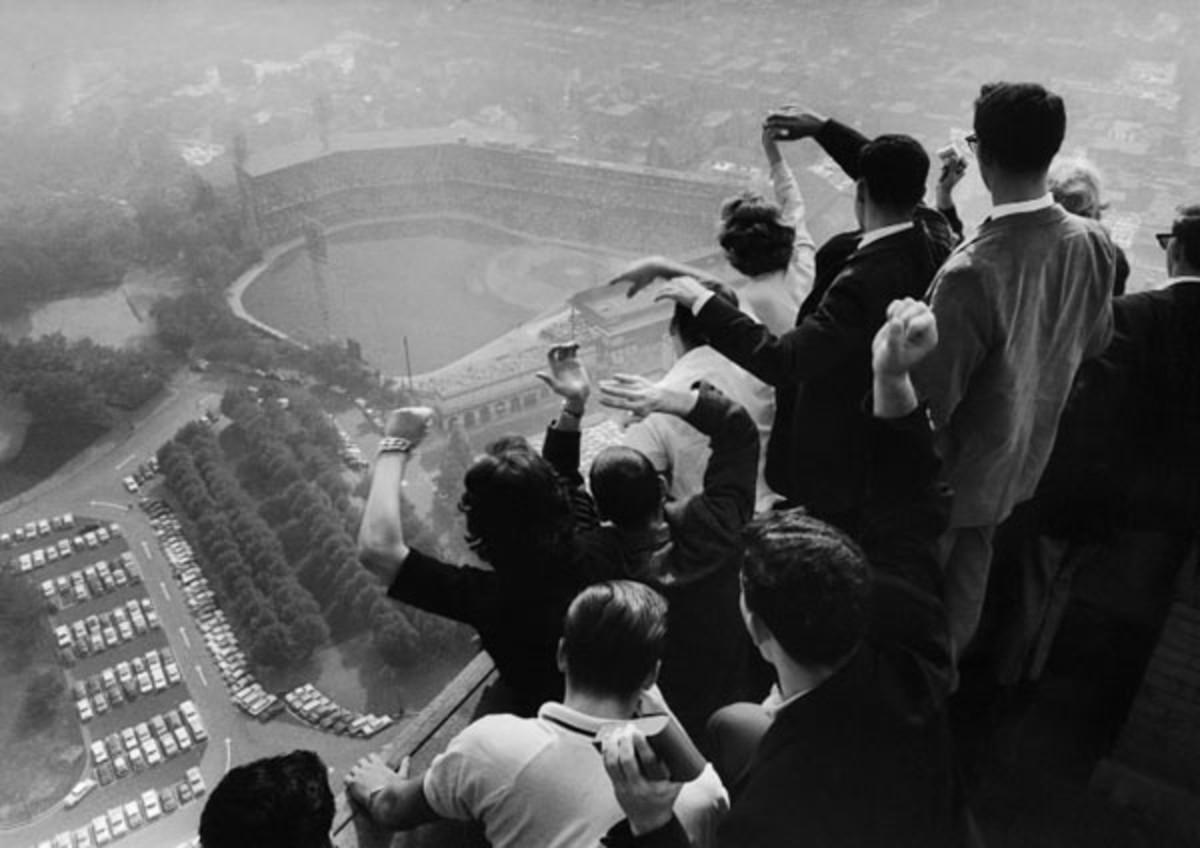
When recalling the 1960 World Series, in which the Pittsburgh Pirates beat the New York Yankees four games to three to claim their first title in 35 years, many fans bring up Chuck Thompson's radio call of the final play: baseball's first-ever series-ending home run. "There's a swing and a high fly ball going deep to left, this may do it! . . . Over the fence, home run, the Pirates win! Ladies and gentleman, Bill Mazeroski has just hit a one-nothing pitch over the left-field wall to win the 1960 World Series!" The classic photograph to emerge from that series wasn't even taken in the ballpark, but from atop the Cathedral of Learning at the University of Pittsburgh, where students got a bird's-eye view of the action and George Silk got an altogether unique sports photo.
America's Cup Yacht Nefertiti
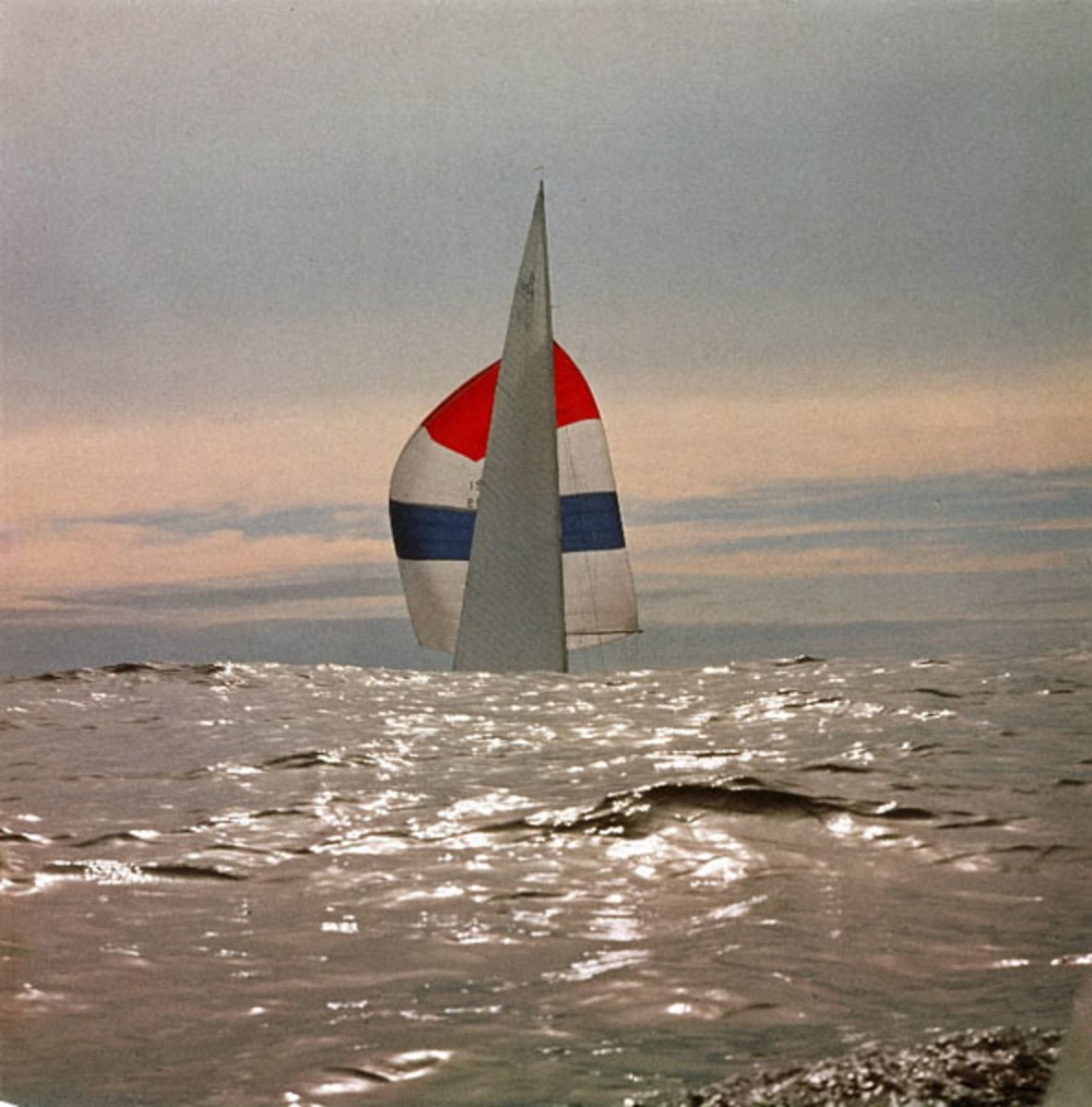
A native New Zealander, George Silk developed new technological approaches to picture-taking and was renowned for being able to immerse a viewer in the action. Here, you are on the water as the yacht Nefertiti competes in the America's Cup trials. The boat lost, but there's a happy postscript: Restored, she still races in the seas off Newport, R.I.
Andrea Mead Lawrence
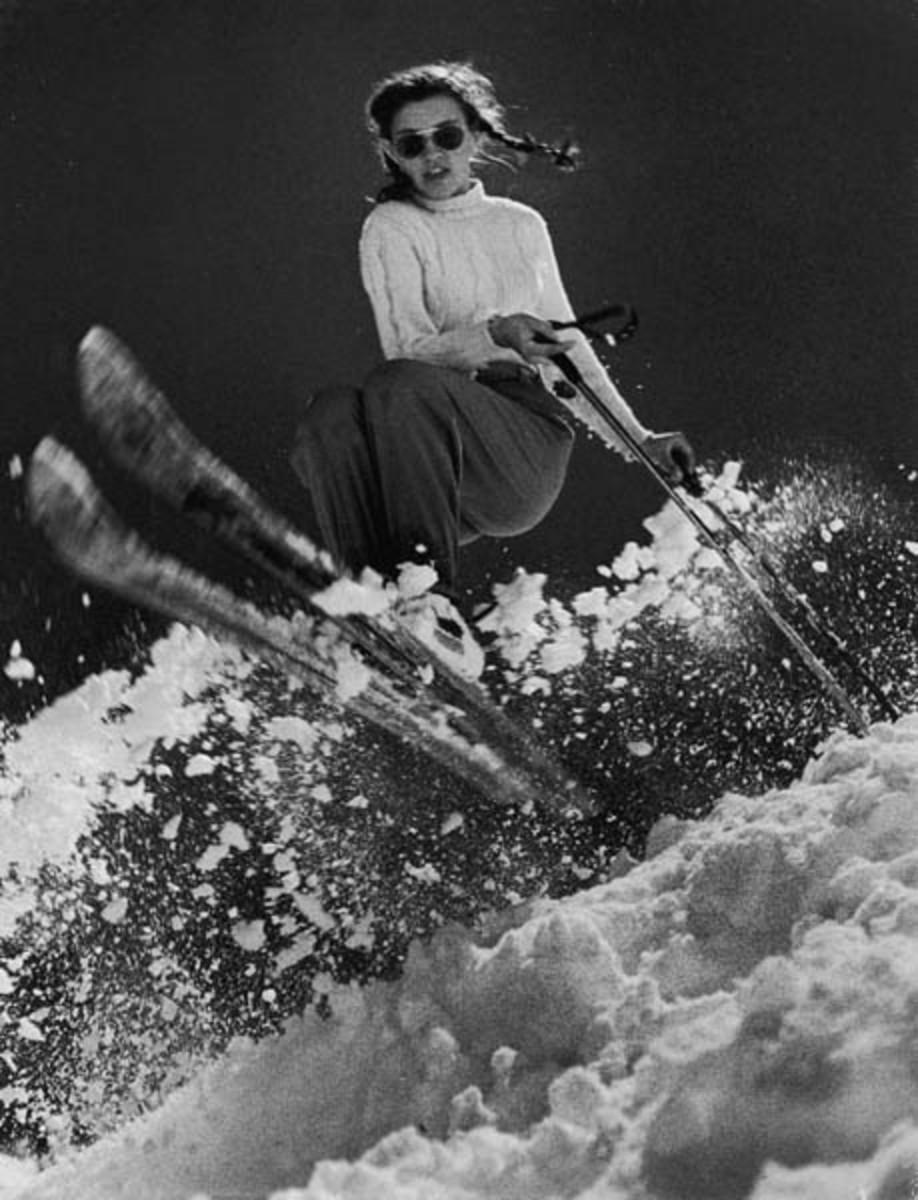
It can still be said more than 60 years later that she is the greatest-ever U.S. ski racer. Lawrence, of Rutland, Vt., was only 15 years old when she flashed past George Silk's camera in 1947 during practice sessions for the next year's Winter Olympics. Although she didn't take home any medals at St. Moritz, four years later, at Oslo, she became the first American skier ever to win two gold medals in a single Olympics--she took the slalom and giant slalom--and remains today the only one to turn the trick.
Diver

Sports photographers are often asked to cover an event, to capture the decisive play--the goal as it is scored, the homer as it is hit. That was not George Silk's assignment nor his goal in this instance; he was out to create something abstract and artistic, using sport as the vehicle. He traveled to Princeton University's Dillon Gym pool in New Jersey, and asked to have the water level lowered so that his camera, which was aimed through a trainer's observation window, could capture action half in and half out of the water. He set up six flash units to record the athlete's entry, knowing he had to trigger them at the exact moment. Then he asked 14-year-old national diving champion Kathy Flicker to do her stuff on the springboard. Et voilà!
Black Power Salute
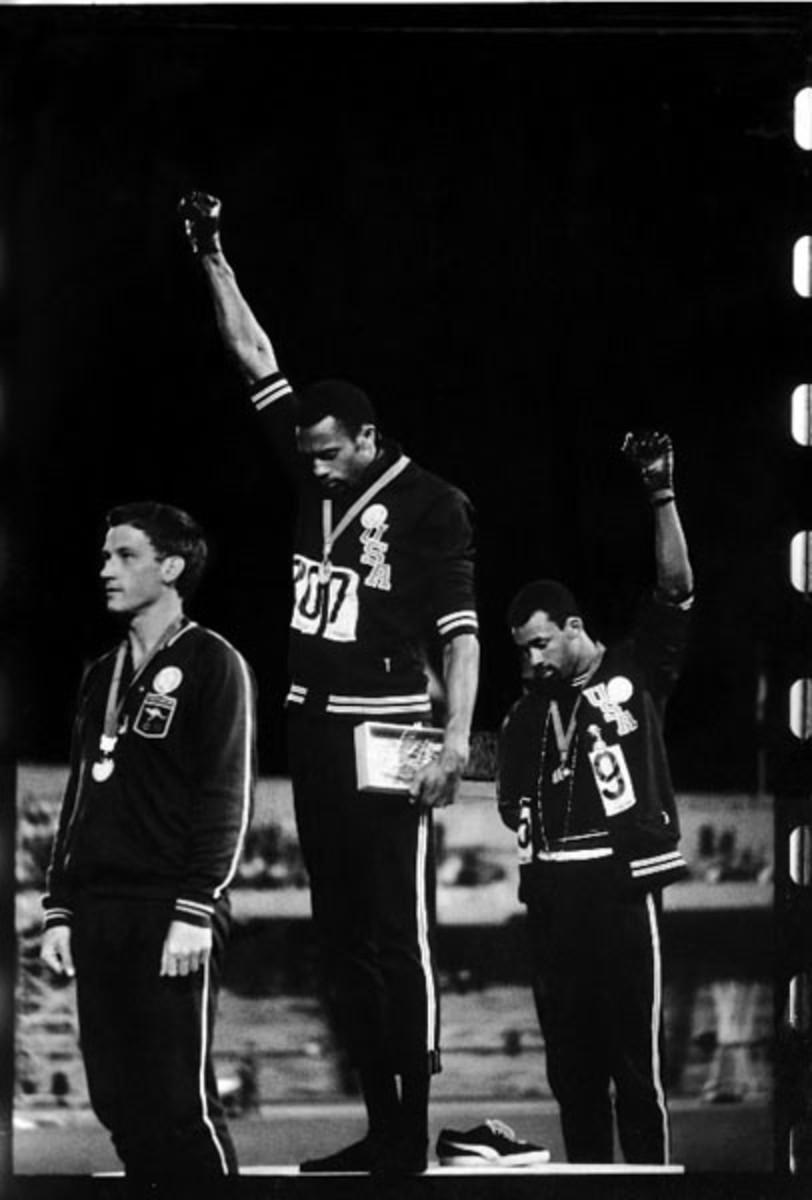
The Olympics have long been--and remain--a stage for political propaganda or protest. Adolf Hitler wanted to introduce the world to his strong, gleaming Third Reich with the Berlin Games of 1936, and in 2008 we saw demonstrations for everything from a Free Tibet to a cleaner environment directed at Beijing. In 1968 the American sprinters Tommie Smith (center) and John Carlos, having won the gold and bronze medals in the 200-meter dash, expressed their solidarity with the Black Power movement back home. It's worth noting that the Australian Peter Norman, who finished second, also donned a human rights badge on the podium in support of Smith and Carlos.
Drum Major at the University of Michigan
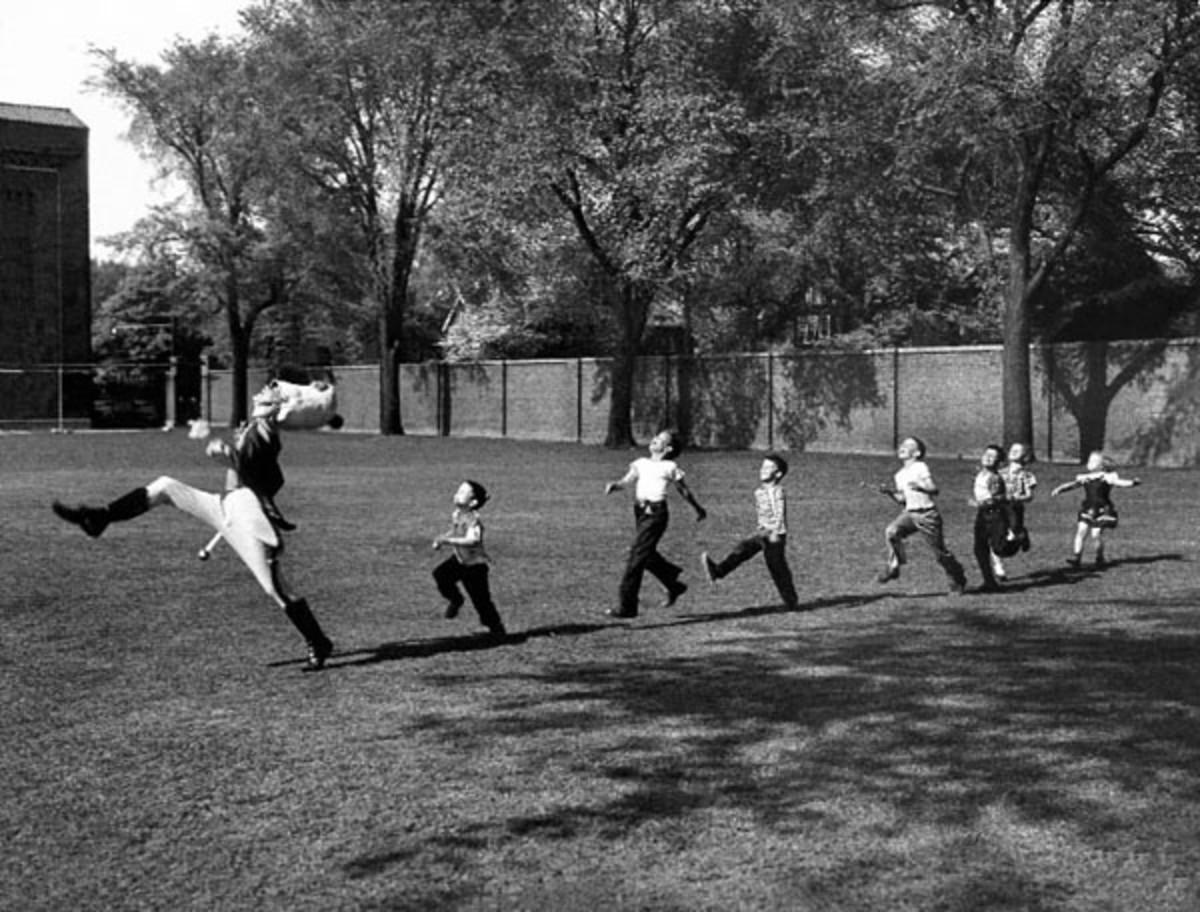
On the Ann Arbor campus, nothing much was happening--and then, suddenly, something was. "It was early in the morning," Alfred Eisenstaedt later recalled about the moment he spotted the school's drum major, rehearsing. Next: "I saw a little boy running after him, and all the faculty children on the playing field ran after the boy. And I ran after them. This is a completely spontaneous, unstaged picture." It is also, he confided, "another picture I hope to be remembered by." Eisie, who died in 1995 at age 96, got his wish. In fact, when President Bill Clinton was offered any Eisenstaedt print as thanks for a sitting in 1993, he chose this one.
Ice Skating Waiter, St. Moritz
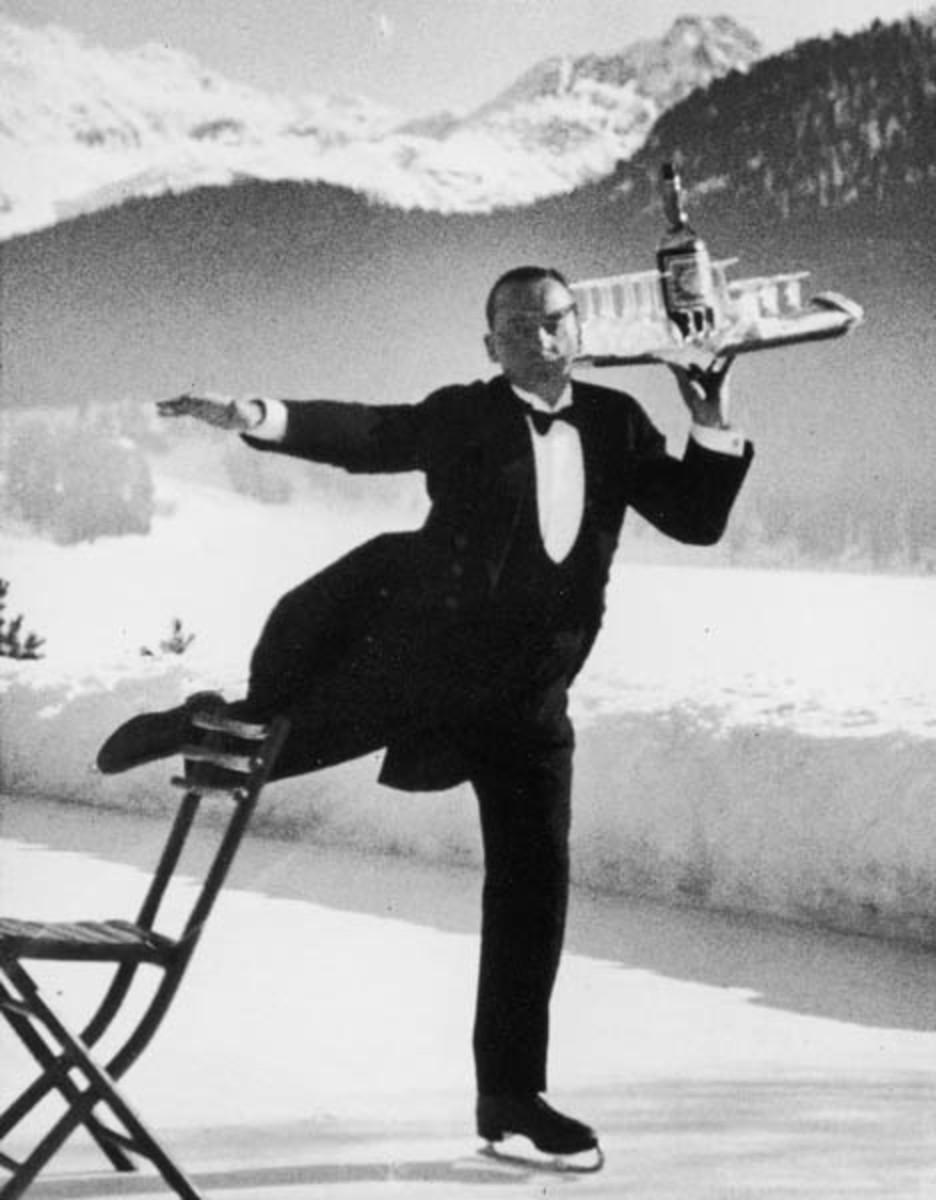
Among the earliest of Alfred Eisenstaedt's renowned images is this one, made at the ice rink of the legendary Grand Hotel in St. Moritz, Switzerland. "I did one smashing picture of the skating headwaiter," Eisenstaedt recalled later. "To be sure the picture was sharp, I put a chair on the ice and asked the waiter to skate by it. I had a Miroflex camera and focused on the chair."
Competitive Phone Booth Stuffing
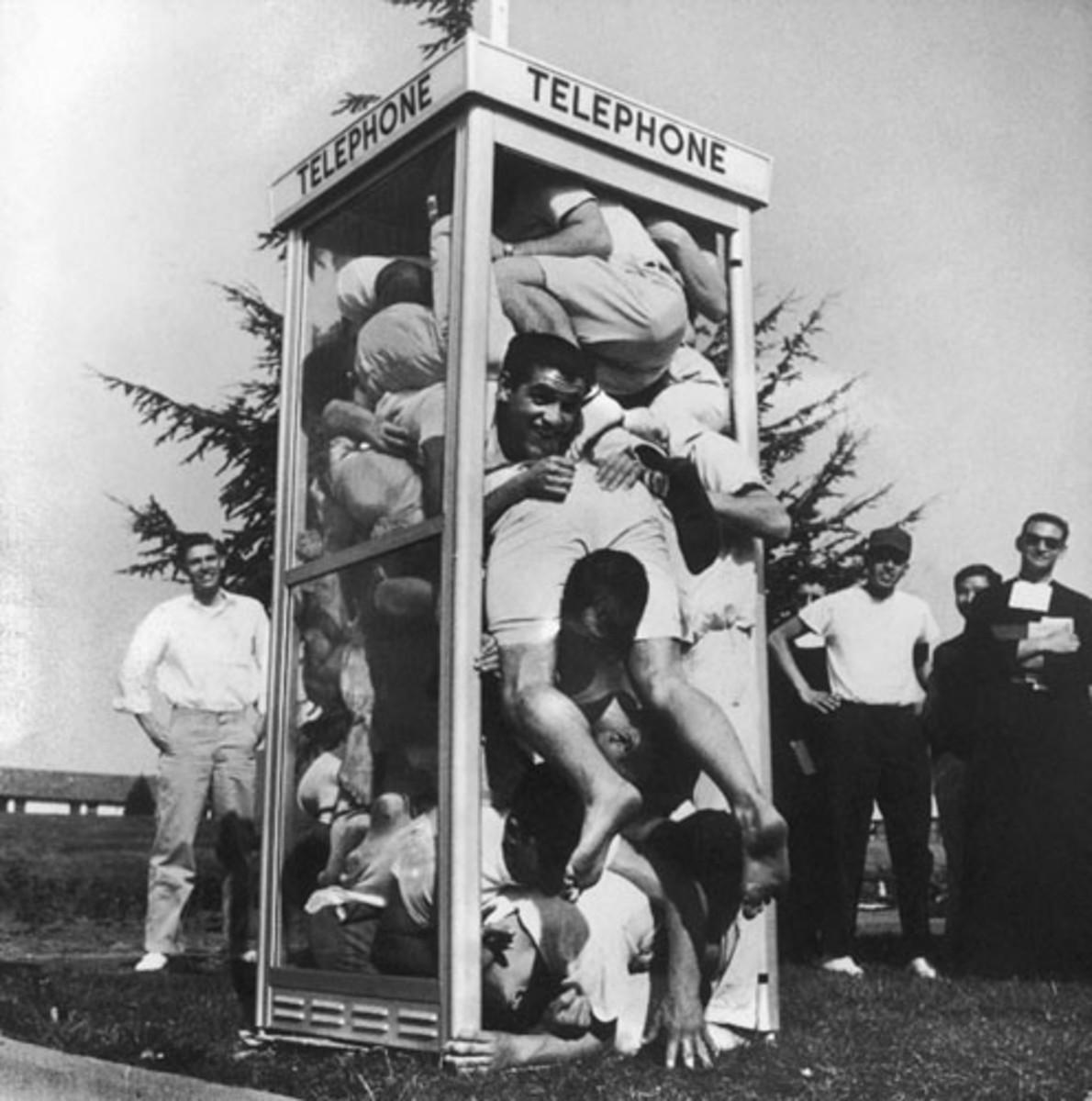
In a world before iPhones, 22 male students at Saint Mary's College in Moraga, Calif., decided in 1959 that telephone-booth stuffing was one fad that wasn't going to pass them by. Although associated largely with American universities, particularly those on the left coast, this pastime actually originated in South Africa, where 25 college kids set a world's record.
Westminster Champion Whippet, "Ricky"
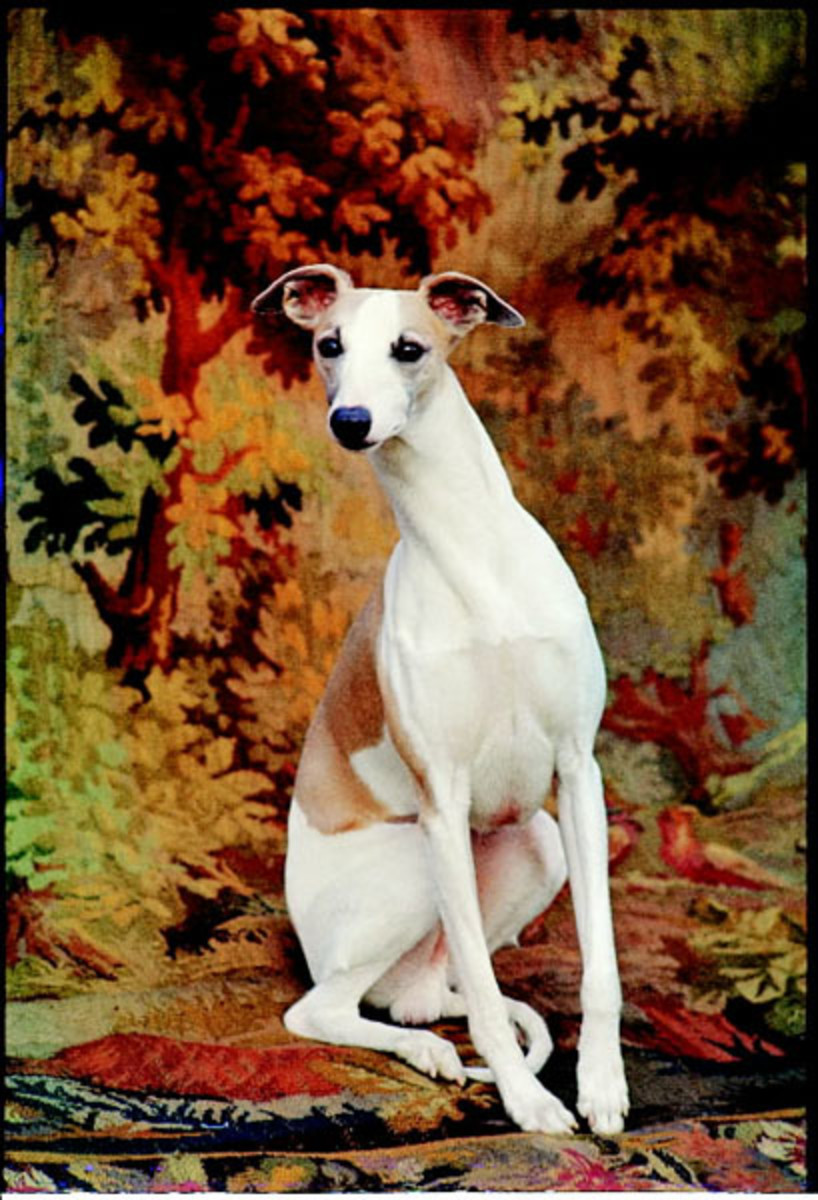
This dog was lucky enough in 1964 to be chosen Best in Show at the Westminster Kennel Club Dog Show in New York City. This fawn-and-white whippet, Ch. Courtenay Fleetfoot of Pennyworth (a.k.a. "Ricky"), was a superstar from Great Britain, and remains the only member of its breed to ever take Top Dog honors at Westminster.
Dog and Duck
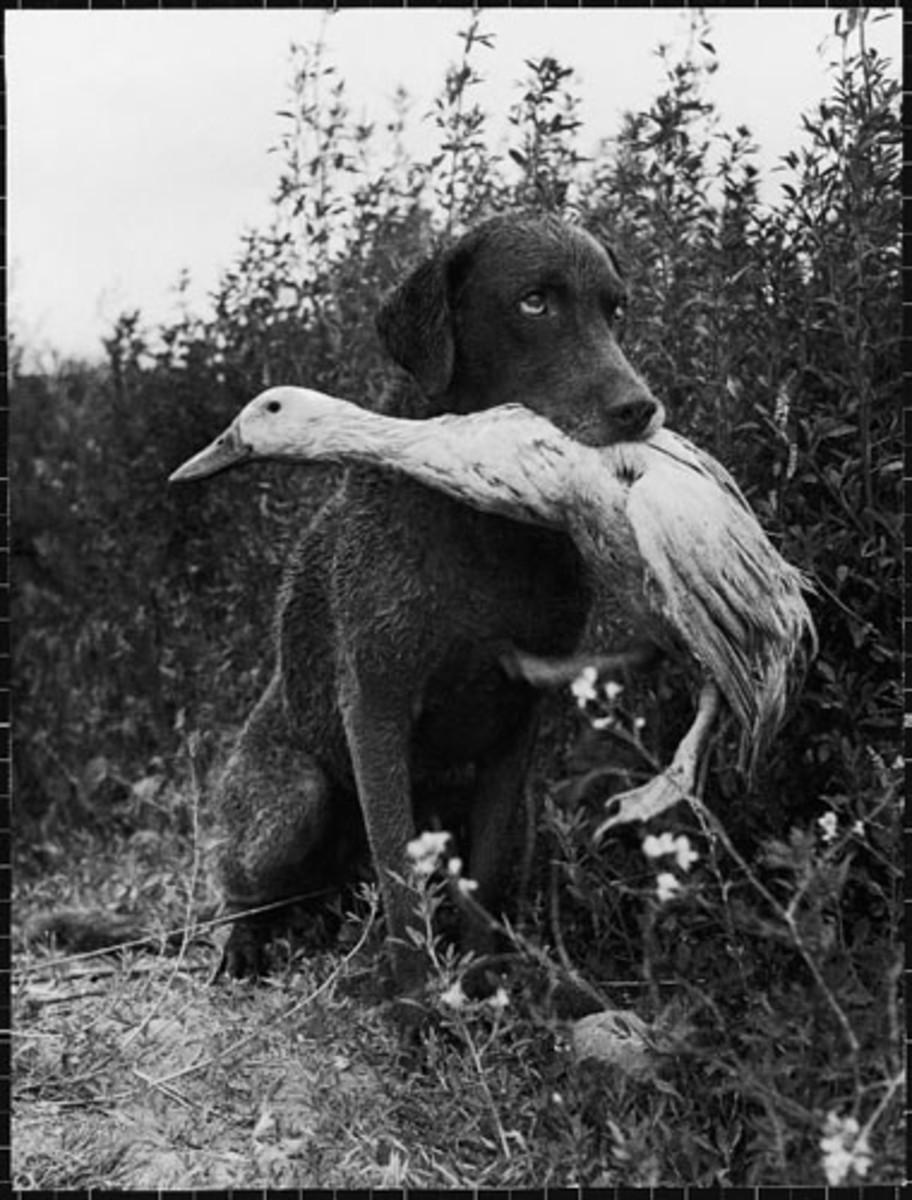
Don't Worry! The Duck's Fine! <br>And that is why this photo is funny, not tragic. Here's the story: One day in 1947 the Olson family in Yakima, Wash., brought home a duckling named Donald (of course). Donald instantly became friends with the family dog, to the extent that Donald emulated everything the dog did, including chasing children and other dogs from the yard. Donald actually became quite a nuisance in the neighborhood, so the Olsons gave him to a rancher a dozen miles away. There, he became pals with a Chesapeake Bay retriever named Trigger. Now, whenever the rancher tossed Donald into the pond so that he could be with the other ducks -- in other words, his own kind--Trigger would immediately dash in and retrieve him. Trigger was as gentle as possible, as we can clearly see here, but ultimately it was decided that Donald would be best back with the Olsons.
